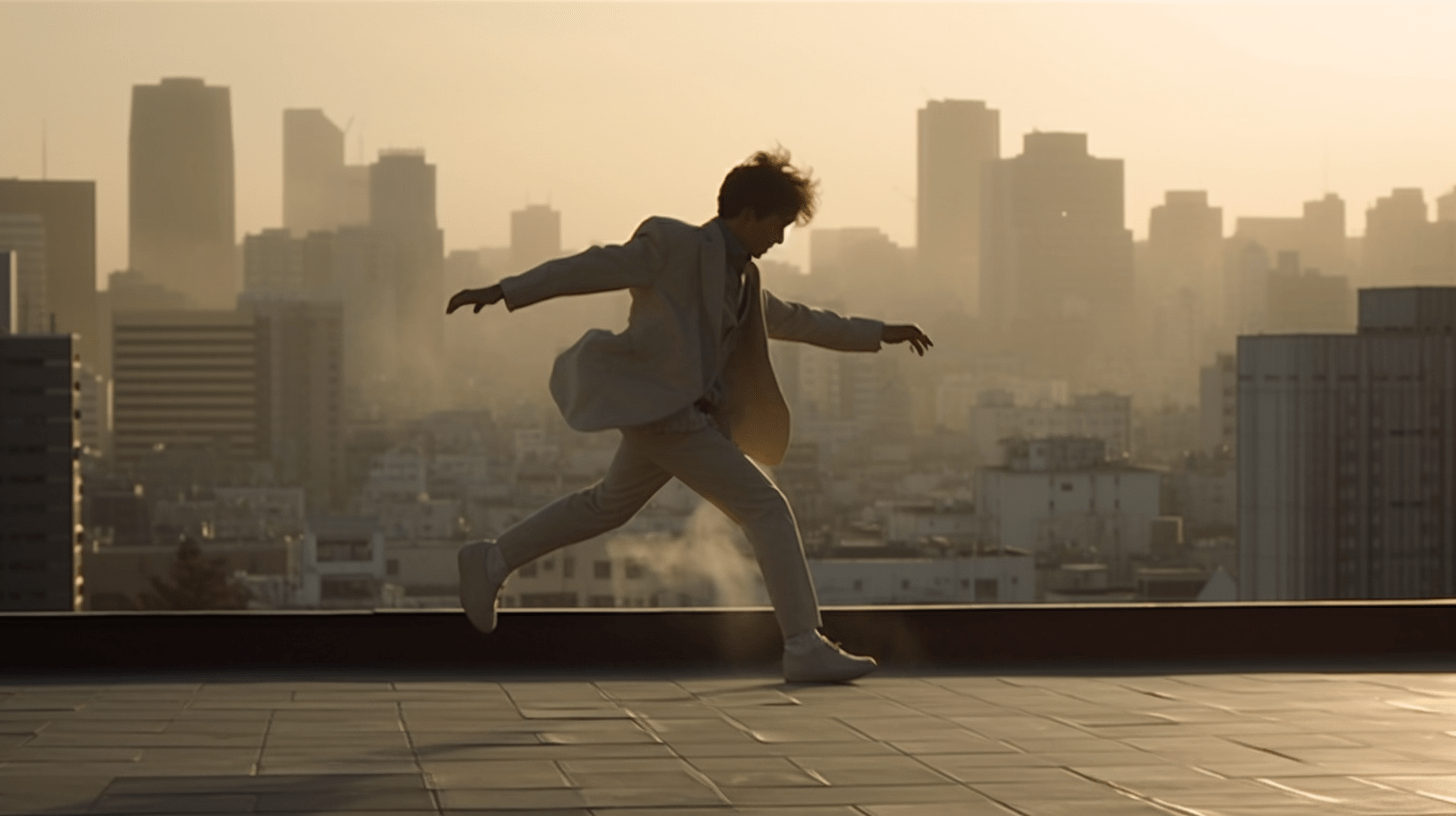Creating a large-scale collection of 10,000 unique NFTs can be a daunting but rewarding endeavor. To produce a compelling collection of digital assets, it’s essential to develop a structured creative process that allows for efficient generation and artistic coherence. This article will guide you through the key creative strategies for designing an expansive and captivating NFT collection.

Identifying the Core Concept and Theme
Establishing a solid foundation with a cohesive theme and story will help your NFT collection shine:
- Define an Engaging Theme: Determine a central theme that captures the imagination of potential collectors while allowing for a diverse range of artistic interpretations.
- Develop a Compelling Narrative: Craft a captivating story or underlying narrative that weaves your collection together and connects individual NFTs as part of a larger creative endeavor.
- Study Your Target Audience: Understand the interests, preferences, and collecting behaviors of your target audience to create a collection that resonates with them and generates excitement.
Designing Consistent Visual Style
Achieving a consistent visual style while allowing for the uniqueness of each NFT is crucial for a harmonious collection:
- Establish Aesthetic Guidelines: Set clear guidelines for the design, color palette, and artistic style of your NFTs to create a visually consistent and appealing collection.
- Create a Visual Language: Develop a suite of recurring elements, patterns, or themes that tie your NFTs together, forming a unique visual language for your collection.
- Balance Uniqueness and Cohesion: Strive to strike a balance between individuality and cohesion, ensuring that each NFT is distinctive while remaining part of the broader collection.
Utilize Generative Art Techniques

Generative art techniques help streamline the process of creating a large batch of NFTs:
- Design for Modularity: Create modular artwork components, such as character traits, objects, and backgrounds, that can be combined in numerous permutations to generate unique NFTs.
- Employ Layering: Use layers in your artwork to enable easy mixing and matching of components, simplifying the generation process, and allowing for efficient creation of unique combinations.
- Apply Generative Art Algorithms: Utilize specialized tools or custom-coded scripts to automate the generation of your NFTs, ensuring rapid and efficient assembly while consistently maintaining visual appeal.
Collaborate and Iterate
Cooperation and feedback loops help refine and evolve your NFT design process:
- Collaborate with Artists and Designers: Involve multiple artists and designers to infuse fresh ideas, perspectives, and expertise into your collection, fostering creativity, and expanding the range of unique NFTs.
- Test and Refine Your Designs: Share design drafts and communicate with your creative team to facilitate iterative feedback, helping to enhance and refine your NFTs before generating the final versions.
- Embrace the Crypto-Art Community: Engage with other creators, collectors, and enthusiasts in crypto-art forums, chat platforms, and social media. Exchange ideas, gather feedback, and adapt your design approach to stay ahead of the curve.
Understanding the Market and Staying Relevant

Staying abreast of the ever-evolving NFT landscape is vital for maintaining the success and relevance of your collection:
- Monitor Market Trends: Keep track of industry trends, emerging technologies, and the preferences of collectors, integrating these insights into the development and evolution of your NFT collection.
- Analyze Performance Metrics: Regularly evaluate your collection’s performance, assessing sales data, user engagement, and market response to optimize your design approach and maintain your collection’s relevancy and appeal.
- Evolve to Stay Competitive: Stay willing to fine-tune your designs, expand your collection, or explore new creative avenues to ensure continued growth and success in the competitive world of digital art and collectibles.
In conclusion, designing a collection of 10,000 unique NFTs requires a structured and efficient creative process that revolves around a strong core concept, a consistent visual style, and the effective use of generative art techniques. Collaboration, iterative feedback, and embracing the wider crypto-art community can help refine your designs, while staying informed about market trends and being adaptable will ensure the ongoing success and relevance of your collection.
